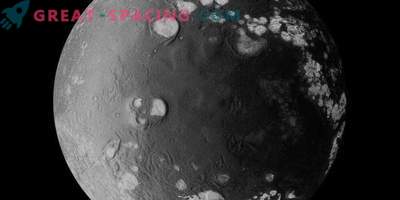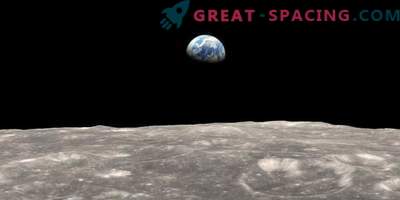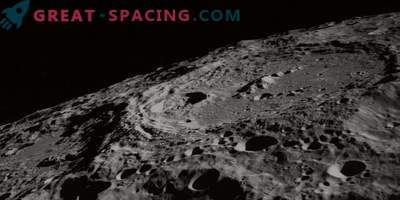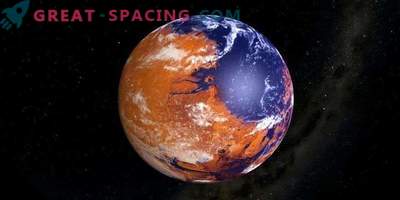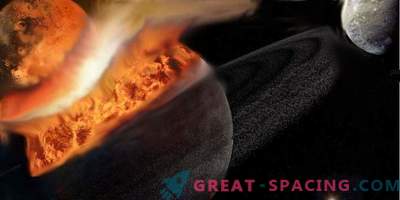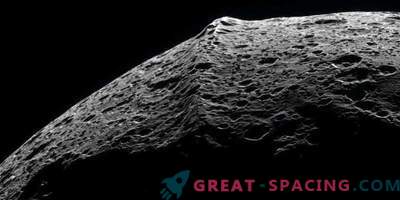
Scientists from NASA's Goddart Space Flight Center created a model that reflects the early moon. They believe that the study of rocks in areas between the near and far sides can strengthen their theory
All researchers agree that billions of years ago an object the size of Mars hit our planet, tearing out a huge amount of material. Gradually, our satellite was formed from these fragments. But no one knows what happened in this gap. The blow was supposed to form a strong heat flux, which means that the Moon was obliged to maintain the heat for a long period of time.
Scientists say their model shows that the satellite was covered by a thick ocean of molten rock. In this case, the volatile atoms (sodium) evaporated and formed an atmosphere. But only one of its sides was turned to Earth, therefore the atmosphere had to be different throughout the territory of the Moon. According to the model, a part of the atmosphere turned to our planet has evaporated due to the high temperature. Also formed powerful winds, creating waves on the hot ocean surface.
Further, the model shows that the satellite slowly cooled, and the stones gradually floated to the surface. Over time, the crust formed, the atmosphere dispersed, and the ocean hardened.
If everything happened that way, then high concentrations of sodium can be detected in the distribution zone between zones. Future lunar missions will study the breed, confirming or disproving the theory.

